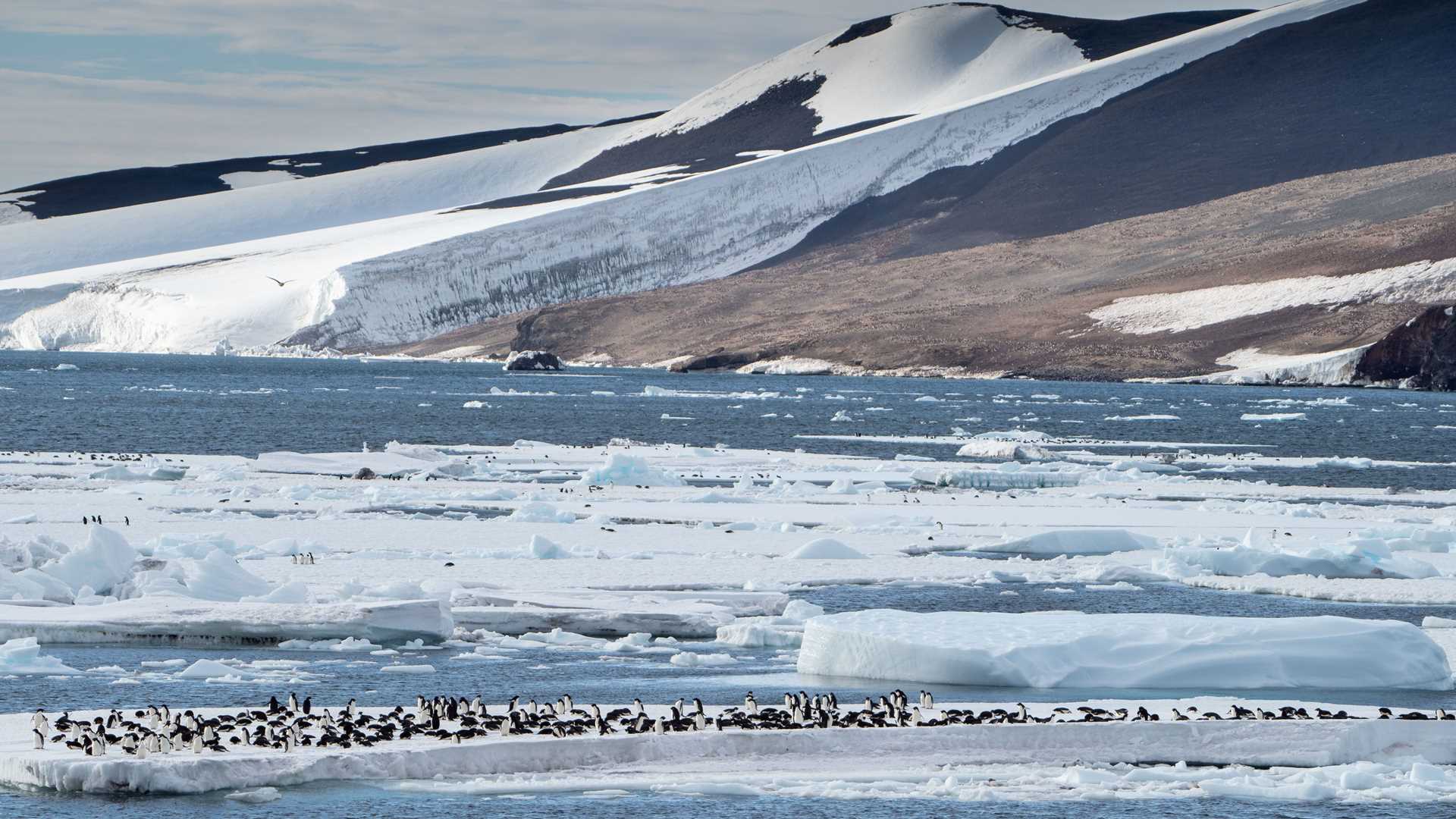As the National Geographic Endurance did our morning approach toward Cape Crozier, things started happening in a rapid sequence. First it was a ship-wide call for killer whales, then the start of an ever-increasing number of Adelie penguins, both in the water and hauled out on ice floes! The colony at Cape Crozier is somewhere around a quarter of a million breeding pairs of Adelies, covering a large area of the Cape. Finally, it was time to launch the Zodiacs, and head out on a two-hour cruise through this amazing area, along the Ross Ice Shelf and Ross Island, with perfect weather conditions!
After lunch, it was kayaking along the ice shelf, followed by a “Polar Plunge.” What a magical day!







